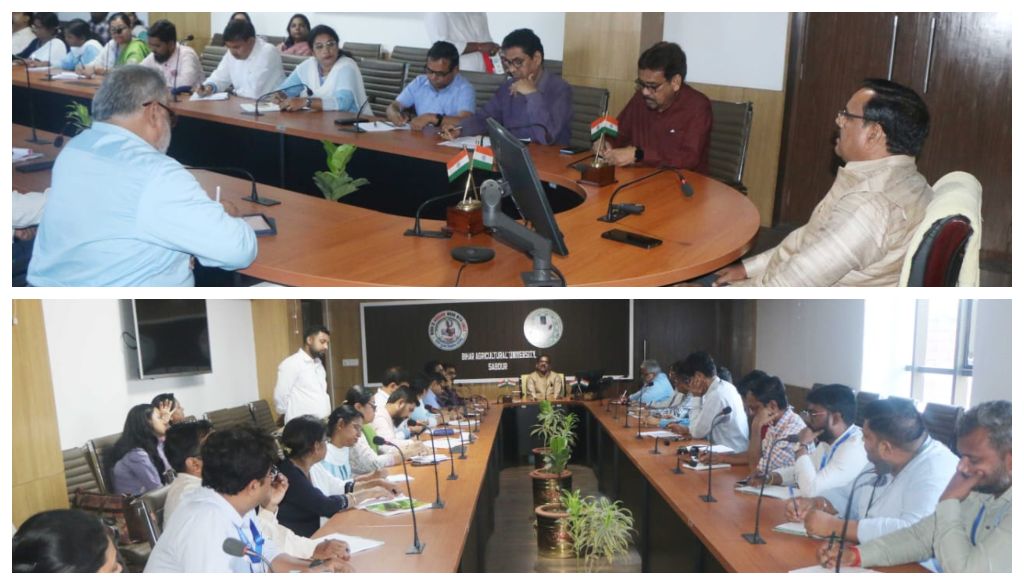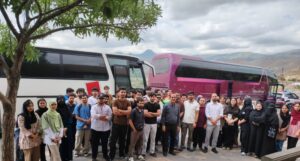
Bhagalpur: Bihar is preparing to lead a new era of agricultural transformation with an ambitious strategy dubbed “Green Revolution 2.0”, aimed at reshaping the state’s rural economy through innovation, sustainability and export-led growth. At a high-level session held at Bihar Agricultural University (BAU) in Sabour, Vice Chancellor D.R. Singh called for a regionally-adapted revolution that places ecological balance and employment generation at its core.
Moving beyond the limitations of the paddy-wheat cycle, the new approach will focus on promoting high-value crops such as makhana and pulses in low-yield areas, along with the adoption of short-duration, climate-resilient crop varieties. A dedicated Makhana Research and Innovation Centre has been proposed in Saharsa to spearhead genetic improvement, processing, and export-oriented value chain development. The centre is expected to become a key hub in India’s growing aquaculture-bioeconomy sector.
Employment and entrepreneurship are central to the plan, which aims to reach 75 lakh farmers and generate new livelihoods for rural youth. The university is looking to expand agricultural training centres, support farmer producer organisations and scale up startup and innovation hubs. “We are redefining agriculture as an employment-oriented sector,” said Anil Kumar Singh, Director of Research at BAU, emphasising decentralised processing and the mobilisation of local talent.
Another major pillar of the initiative is the creation of Specialised Agricultural Economic Zones (SAEZs) across Bihar’s diverse agro-climatic zones. These zones will be equipped with crop planning systems, cold chain infrastructure, agro-industrial clusters and digital traceability platforms, aimed at connecting local produce to national and international markets. The university’s GI Facilitation Centre will also drive the global branding and export of geographically-indicated products such as Katarni rice, Jardalu mango, Magahi paan, Bhagalpuri silk and makhana under a “One District – One GI Product” framework.
The university expects Green Revolution 2.0 to deliver results by 2026, including an additional one lakh hectares under high-value and GI crops, over Rs. 10,000 crore in agricultural exports, and the training of more than 25,000 agripreneurs. A comprehensive action plan, covering technology, policy, training and institutional support, is due by the end of 2025. “This is not just agricultural reform,” said Singh, “but a holistic approach to rural transformation.”





